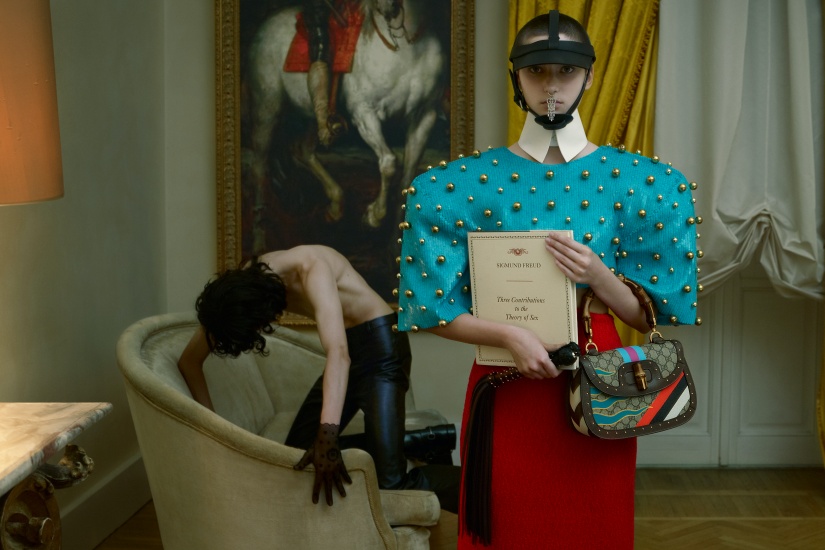Do you remember that time when the Gucci Aria collection was unveiled? Does it remind you of the collaboration between Gucci and Balenciaga? A tribute to the Tom Ford era designs? Or the unexpected use of hot Hip-Hop songs as background music? After months of silence, creative director Alessandro Michele shared with everyone through the Gucci Aria collection campaign what he really wants to convey.
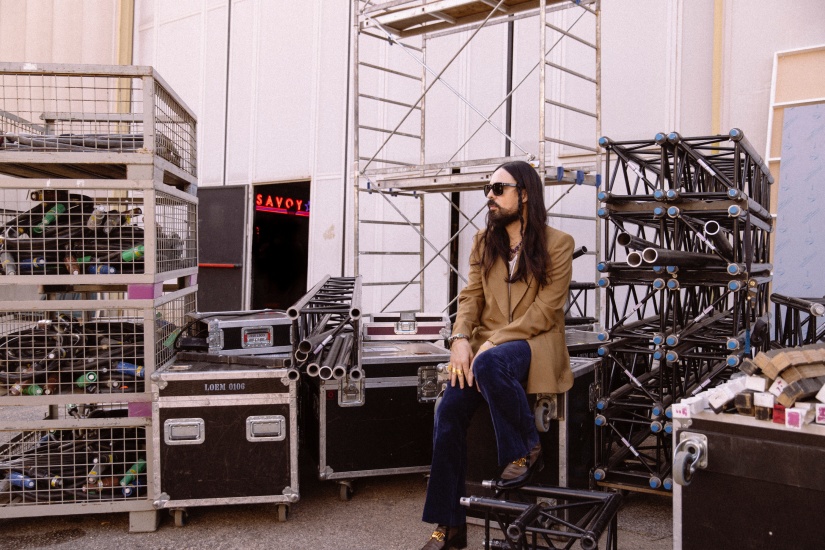
In the advertisement, the nightclubs and fairy scenes that were originally presented have been replaced by The Savoy Hotel, which has been an important social venue for the upper class of the British Empire since the early 19th century. Each scene is shot with a male and female setting, and the concept is to explore the desire and embodiment of love from an ontological perspective, from the creation of the world to the end of physical life, always pursuing, expressing, liberating, attracting, and understanding.
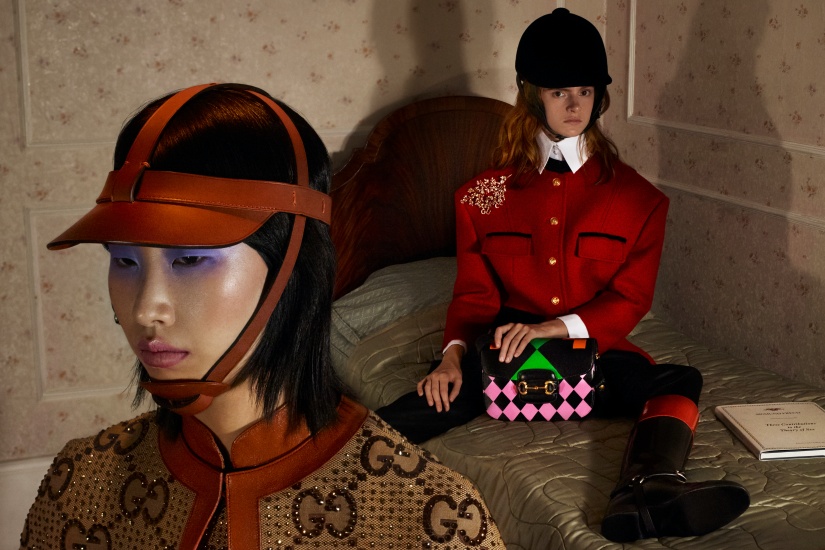
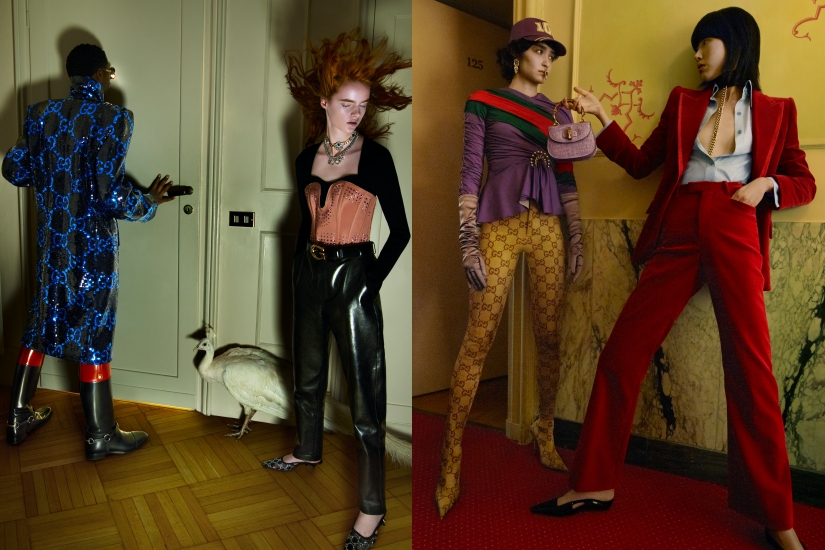
Alessandro Michele has divided the advertisement into 5 major parts, exploring the most primitive desires of human beings through androgyny, Cupid, the body, clothing, and philosophy.
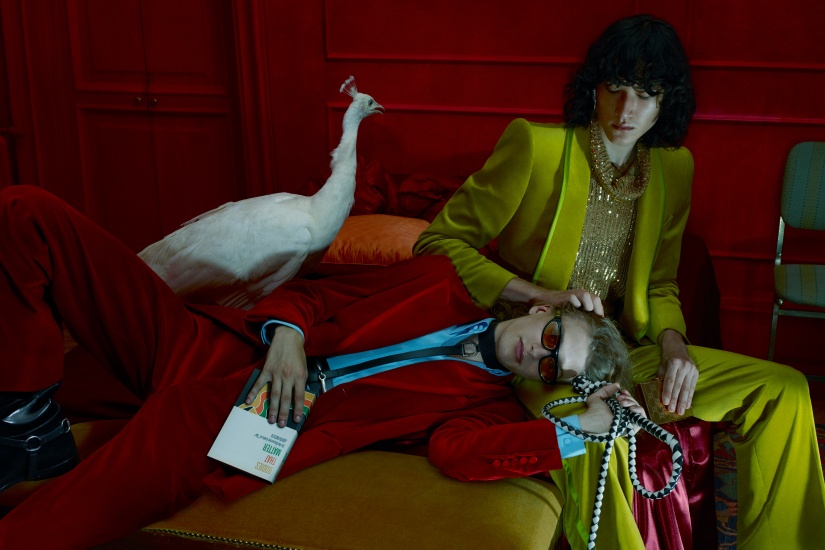
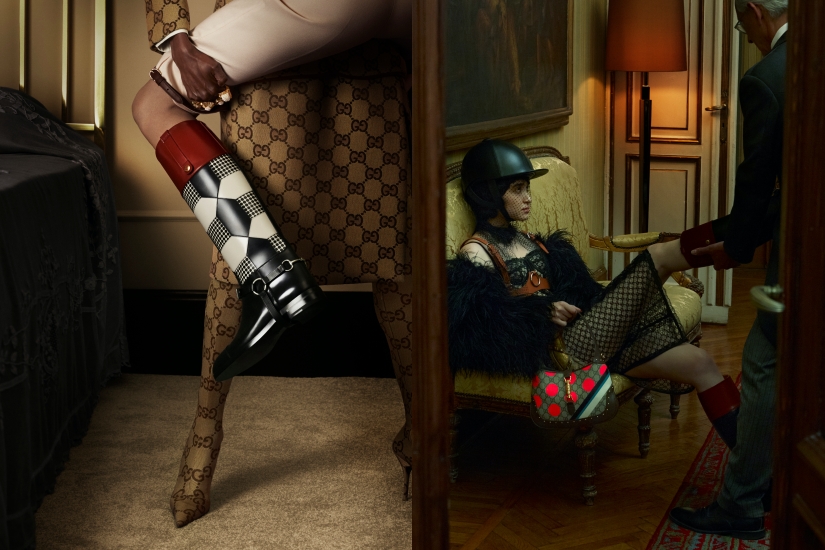
These seemingly unrelated concepts to the series of clothing and presentations are actually not so. Understanding Alessandro Michele’s friends should actually know that this designer has a unique curiosity about history, philosophy, and love, and some details in the series advertisements and presentations actually echo each other and also bring out some of Alessandro Michele’s views through the Gucci Aria series advertisements.
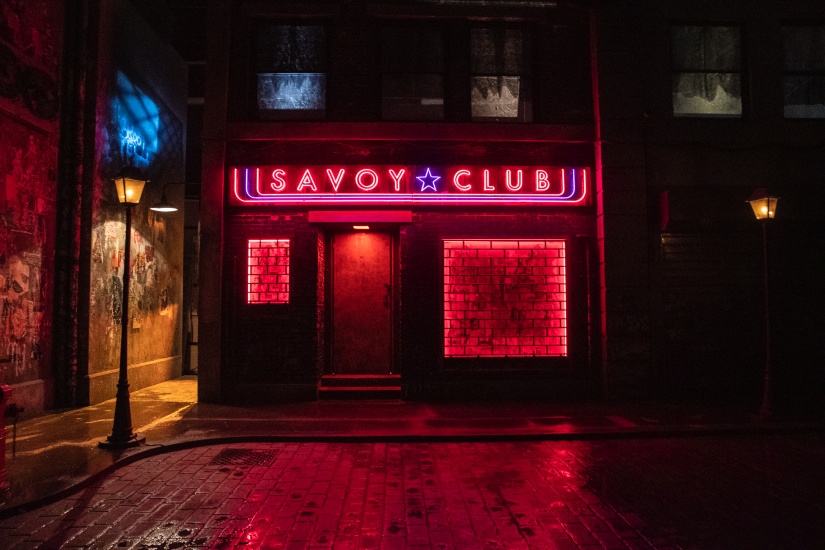
For example, the nightclub scene and advertising shooting location for the fashion show is also Savoy, while the real-life The Savoy is where Gucci founder Guccio Gucci worked as an elevator attendant or doorman in London when he was around ten years old; the clothing styles in the series present bold attempts at fetishism, not only expressing that clothes are an extension of the skin, but also conceptually highlighting the hidden “erotic power” connecting the bodies of men and women, obtaining pleasure, liberation, and transformation from it; and in the final scene of the fashion show that day, the models walk out of Savoy nightclub and see a heavenly scene outside the gate, not only directly echoing the concept of Plato’s “Symposium” about the original human beings being hermaphrodites, but also telling the ultimate vision of the world, gender, and erotic relationships, expressing Alessandro Michele’s aesthetic proposition of connecting thoughts and bodies.
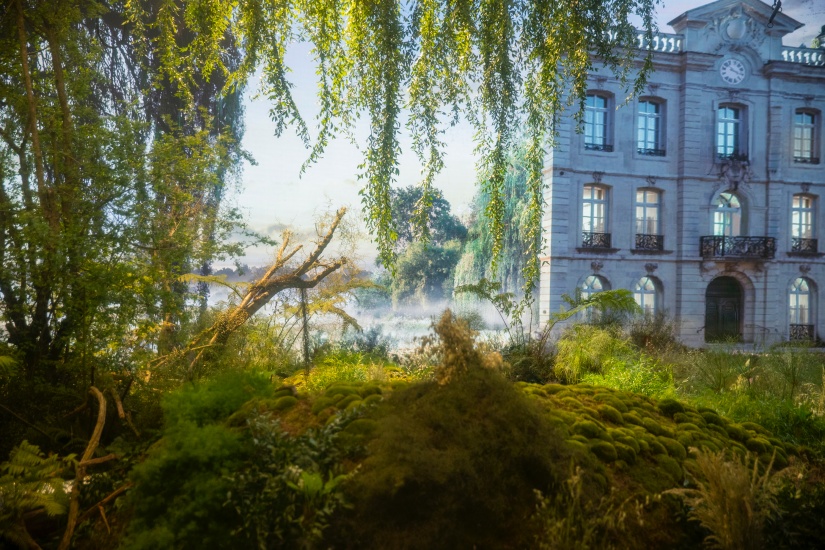
Data and images source: Courtesy of GUCCI

